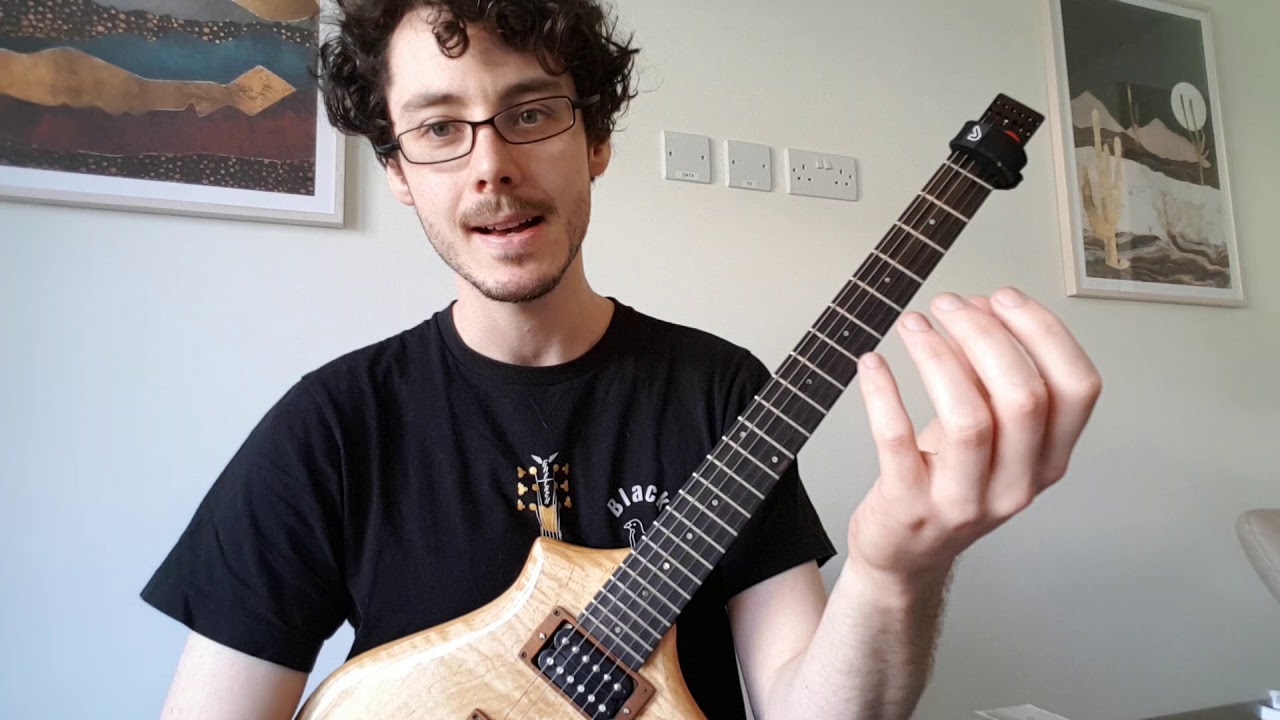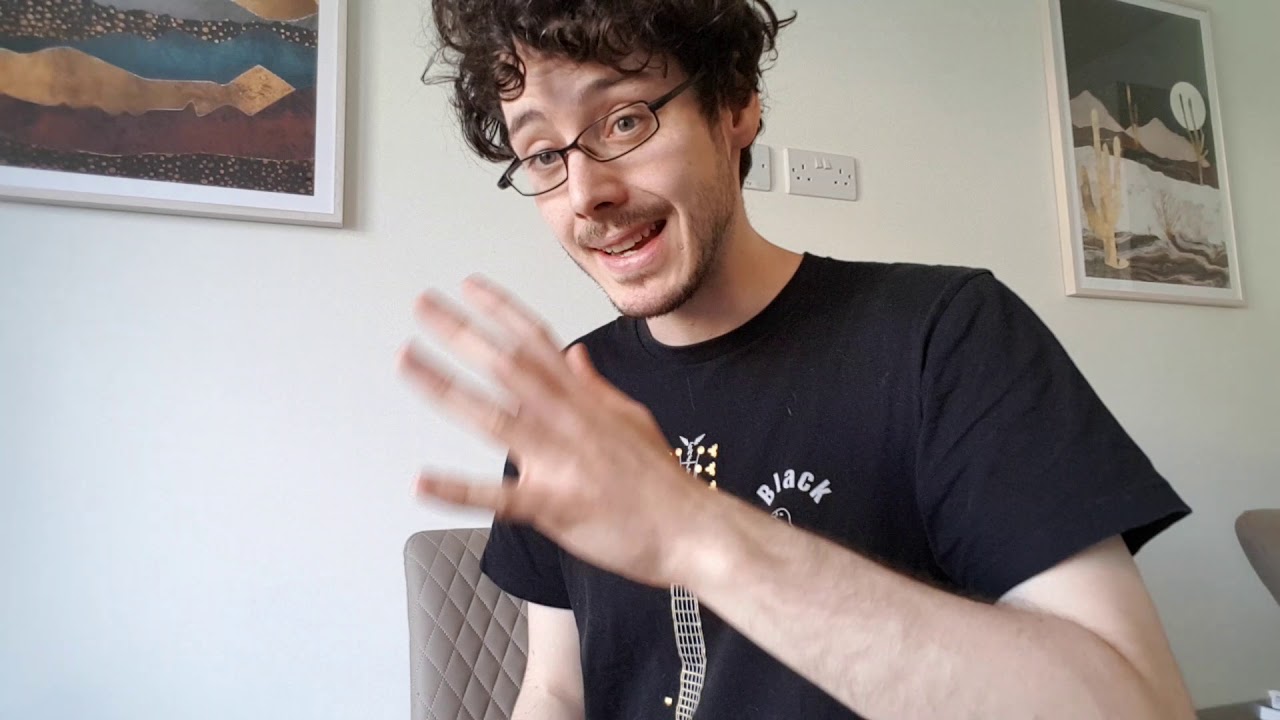On @tommo’s recommendation I’ve decided to re-post this video from my book thread to the Show and Tell category, so that it might be viewed by more of the community.
This video introduces an important gripping concept that to my knowledge, has not been discussed in depth in previously available guitar instruction.
If there are questions about this concept I will answer them here. I intend to make short videos highlighting some things I look for when studying a player’s fretting posture, the hand at rest and a response video to @Frylock’s post discussing my initial impressions of Segovia’s fretting posture based upon those ideas.
Everything, of course, will be treated in more depth in the book.







